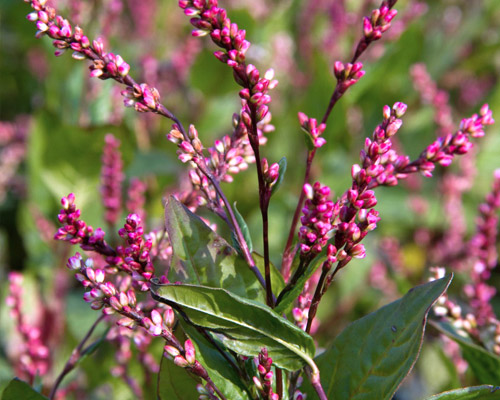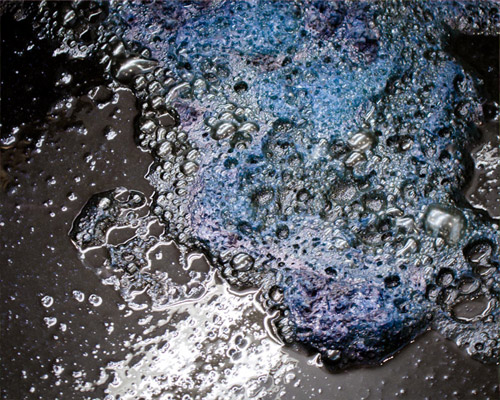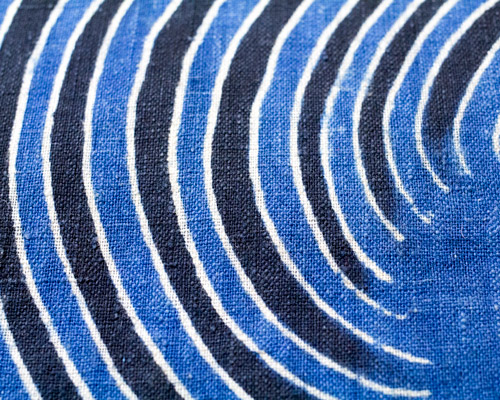

![]()
Mood Indigo: Textiles From Around the World honors the unique ability of the color blue to create many moods in cloth.
Drawn primarily from the Seattle Art Museum’s global textile collection—Mood Indigo illuminates the historic scope of this vibrant dye.
The exhibition features a set of tapestries from Flanders, a silk court robe from China, a vast array of kimonos from Japan, batiks and ikats from Indonesia and Africa, and ancient fragments from Peru and Egypt.
An immersive contemporary installation devoted to indigo by Rowland Ricketts will be accompanied by sound artist Norbert Herber. Their work will unveil the visual and musical nuances involved with indigo growth and the dyeing of cloth. From the sultry darkness of midnight to the vitality of a bright sky, come let the myriad blues in their multiple forms surround you.
#SAMIndigo
Presenting Sponsor
![]()
Major Sponsor
![]()
Additional Support
ArtsFund/Guendolen Carkeek Plestcheeff Fund for the Decorative and Design Arts
Contributors to the SAM Fund

Indigo can be a color of leadership, of sacred significance, or of “blue collar” status. Indigo’s resilience has led to its use by farmers, fishermen, and workers from France to Japan, from China to America. Indigo is used in denim jeans, which can be considered a statement of the most casual, as well as the highest fashion.

Indigo-bearing plants have had a huge impact on our visual world. Once artists discovered plants containing the gift of blue, an infatuation with indigo began. Nothing compares with this dye’s ability to capture the blues of nature—a midnight sky, early dawn, or an impression of the sea. It can also define a mood—of melancholy, of mystery in the dark hues, or joy and vitality in lighter variations.

Indigo is a dye that demands discipline to use. With it, artists make textiles that can be considered feats of dedication to create. Some examples on view in Mood Indigo took thousands of hours to produce—requiring prolonged concentration akin to a meditative state. Others are made swiftly, but with highly specialized skill, and have a different kind of appeal.

Indigo is a familiar sight worldwide. Today, most indigo cloth is dyed with a synthetic product that was developed in the 19th century. This exhibition features indigo textiles primarily drawn from the museum’s collections, and just begins to illuminate its historic and geographic scope.